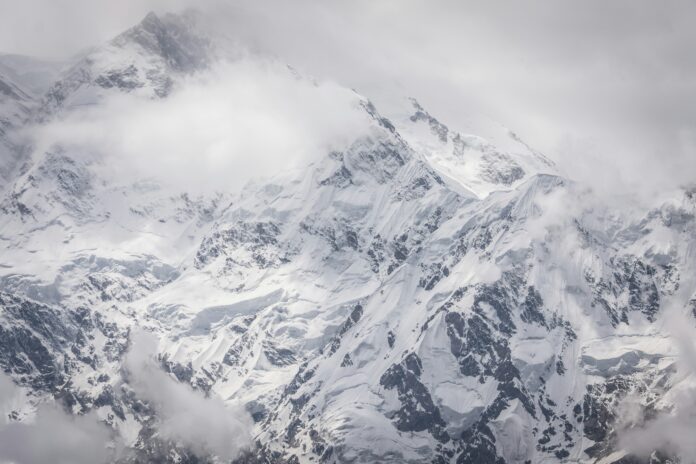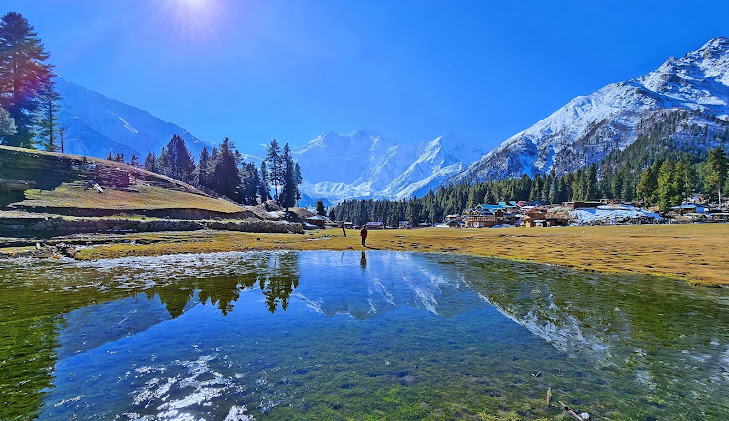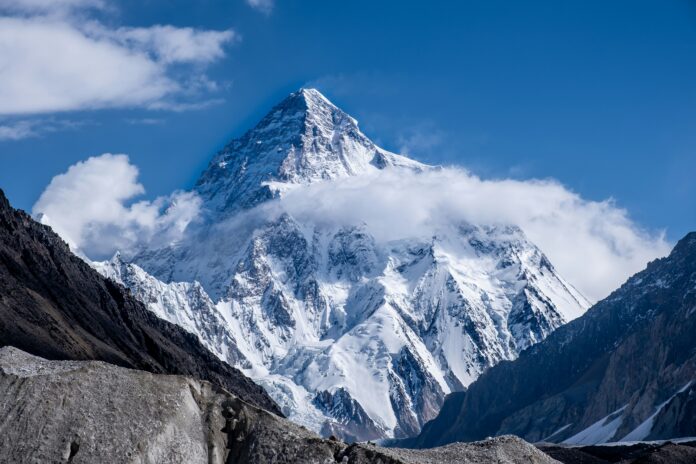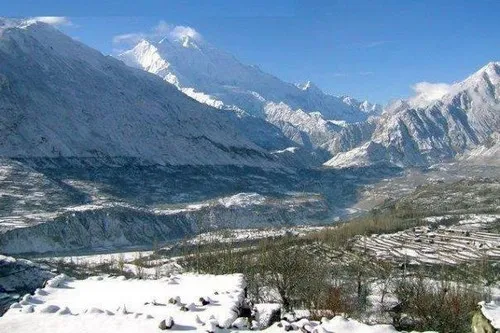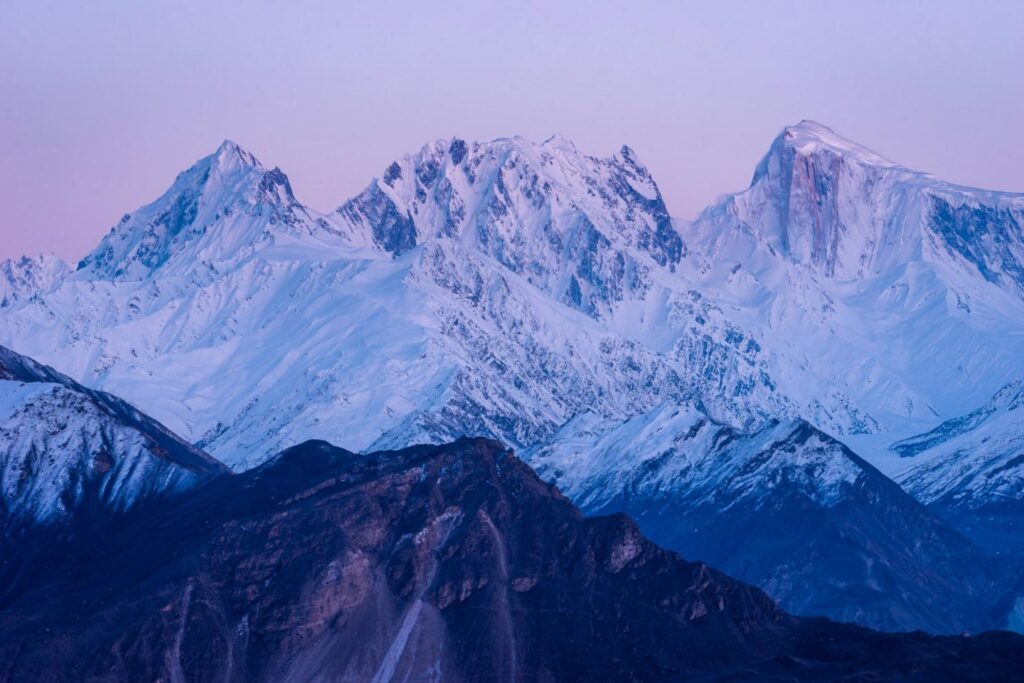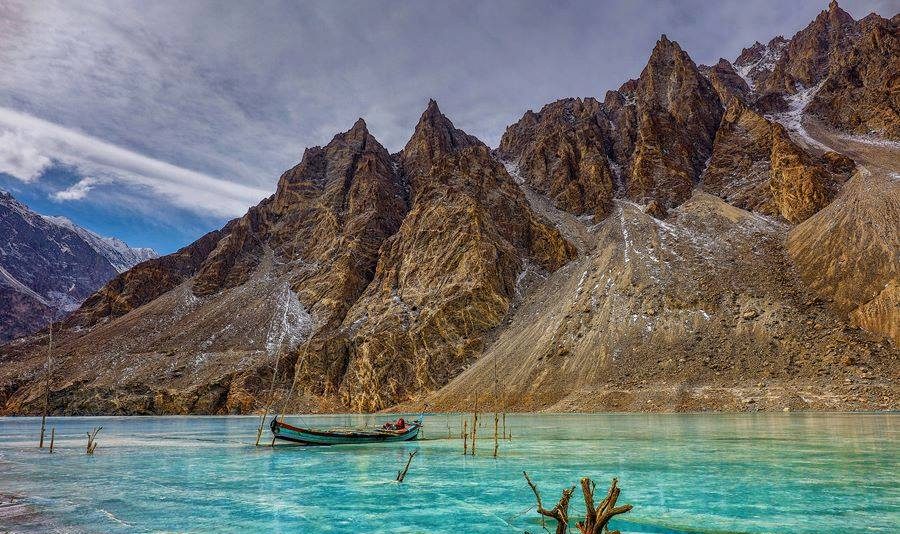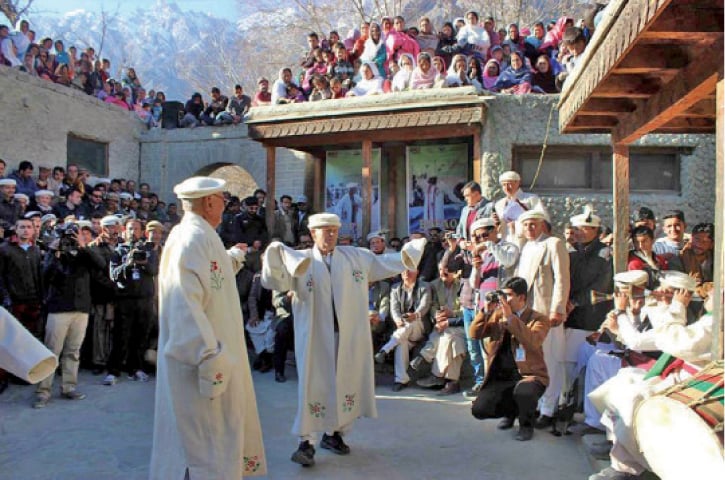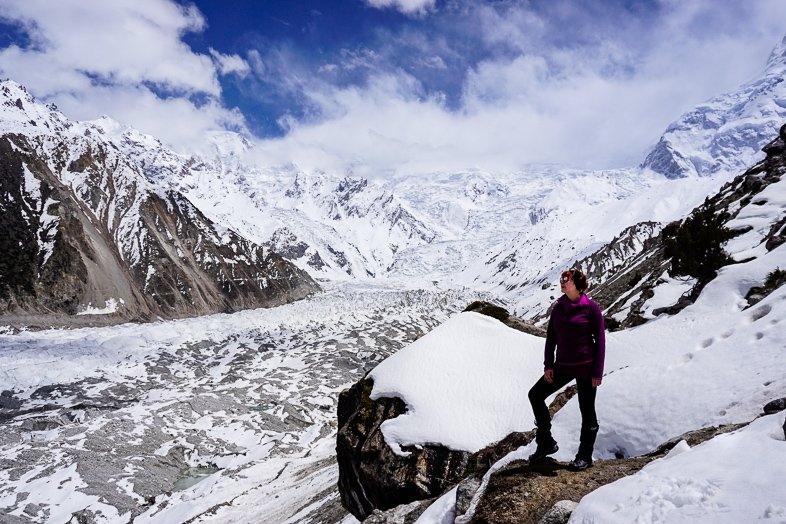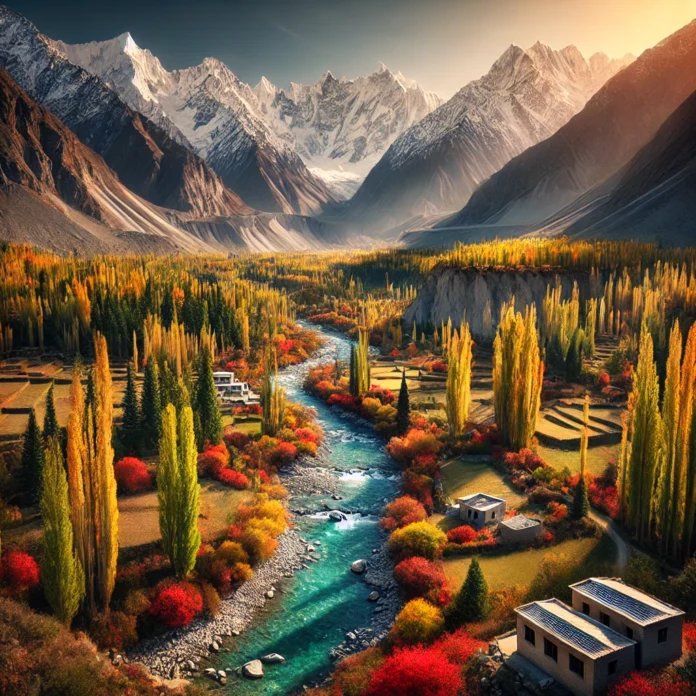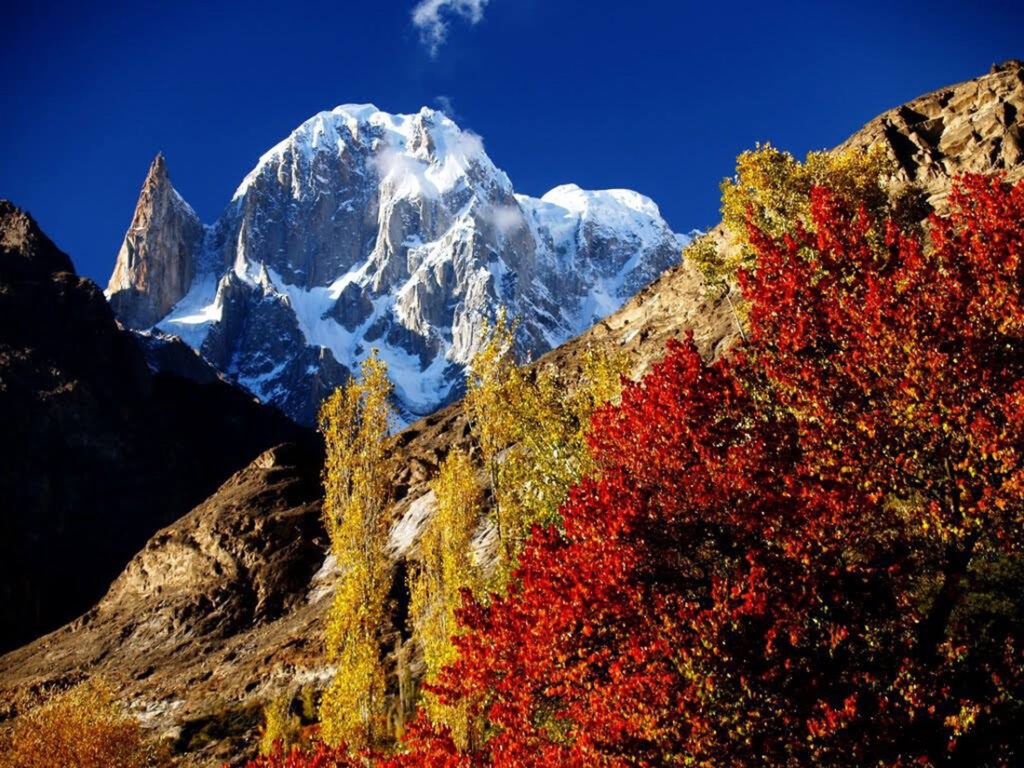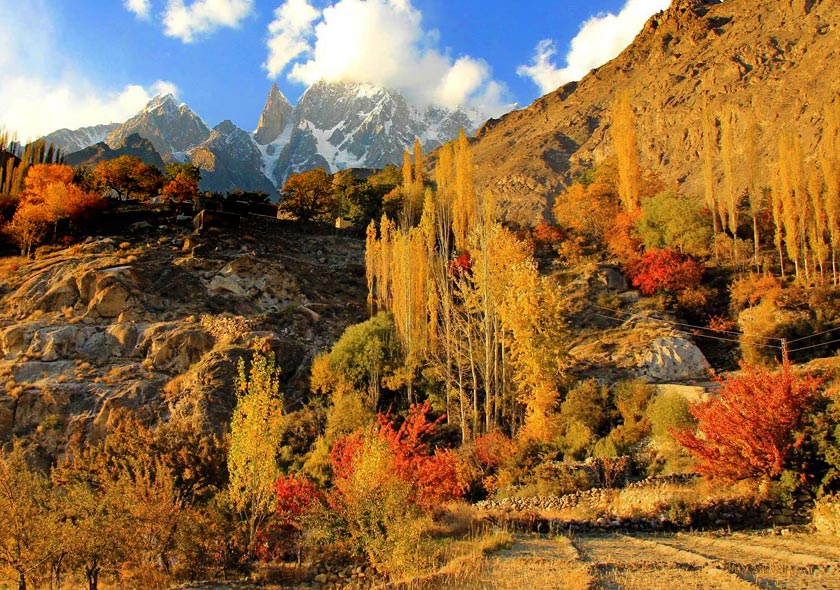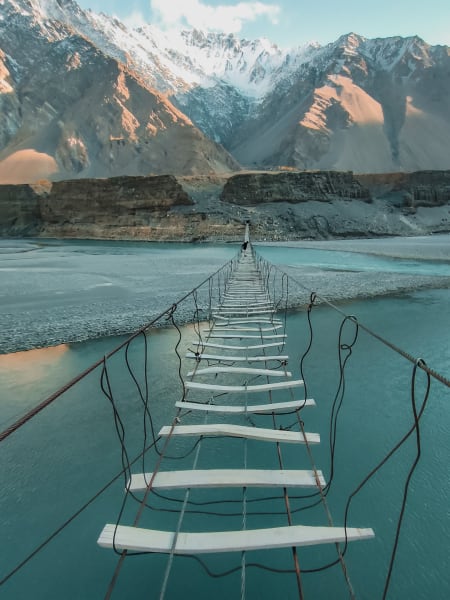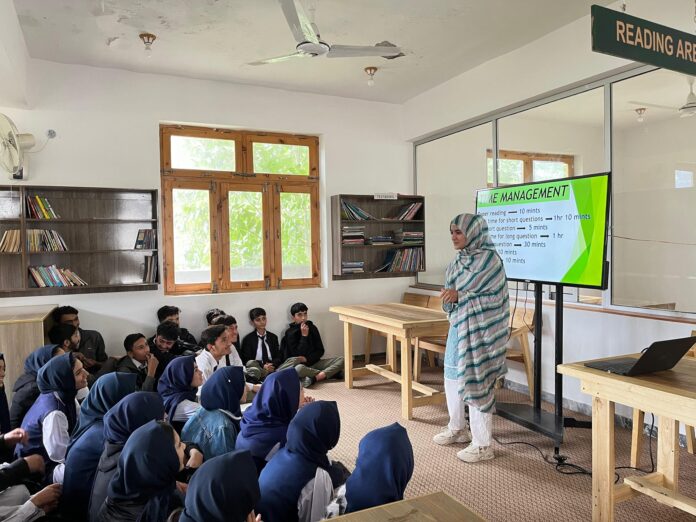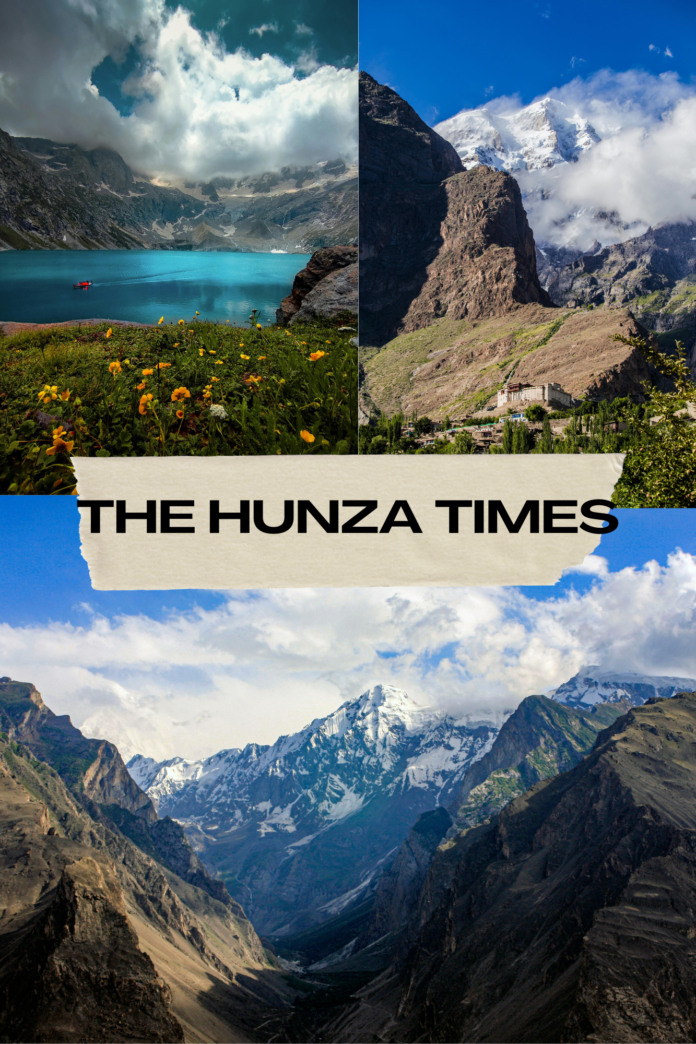Have you ever considered that Hunza Valley located in the north of Gilgit-Baltistan is known for its educational progress along with the picturesque landscapes? Hunza, while remote of the country, is home to one of the highest literacy rates in Pakistan, serving as an example for other parts of the country.
The literacy rate in Hunza is approximately 77%, which will come as a welcome surprise to those who are familiar with the region’s challenging topography and comparatively few resources. When the British opened India’s first primary school there in 1913, this must have been unimaginable.
Role of Women in Education
What makes Hunza even more exceptional is the emphasis on female education. In a country where gender disparities in education are still a concern, Hunza stands as a shining example of inclusivity. The female literacy rate in Hunza rials that of developed countries, reflecting the community’s progressive approach. Women in Hunza are actively pursuing higher education, entering various professional fields, and contributing significantly to the region’s socio-economic development. Hunza is an example for gender equality.
Challenges and the Road Ahead
Hunza’s achievements in literacy are impressive, but challenges remain. It still features problems such as little higher education facilities and insufficient variety of job opportunities, leading many young people to relocate to bigger cities. But there are efforts to plug these gaps. Why giving higher education at universities and vocational training centers in Gilgit-Baltistan is being offered to local students and talent?
As a final point
For other regions of Pakistan, Hunza’s remarkable literacy rate is a source of inspiration and optimism. It emphasizes how crucial it is to give education a top priority and cultivate a culture that values education. Hunza can continue to be a model region for literacy and human development by tackling current issues and making educational investments. The quest for knowledge is more than simply an objective in the verdant valleys of Hunza; it is a way of life, demonstrating that even the most isolated places can succeed with perseverance and teamwork.


